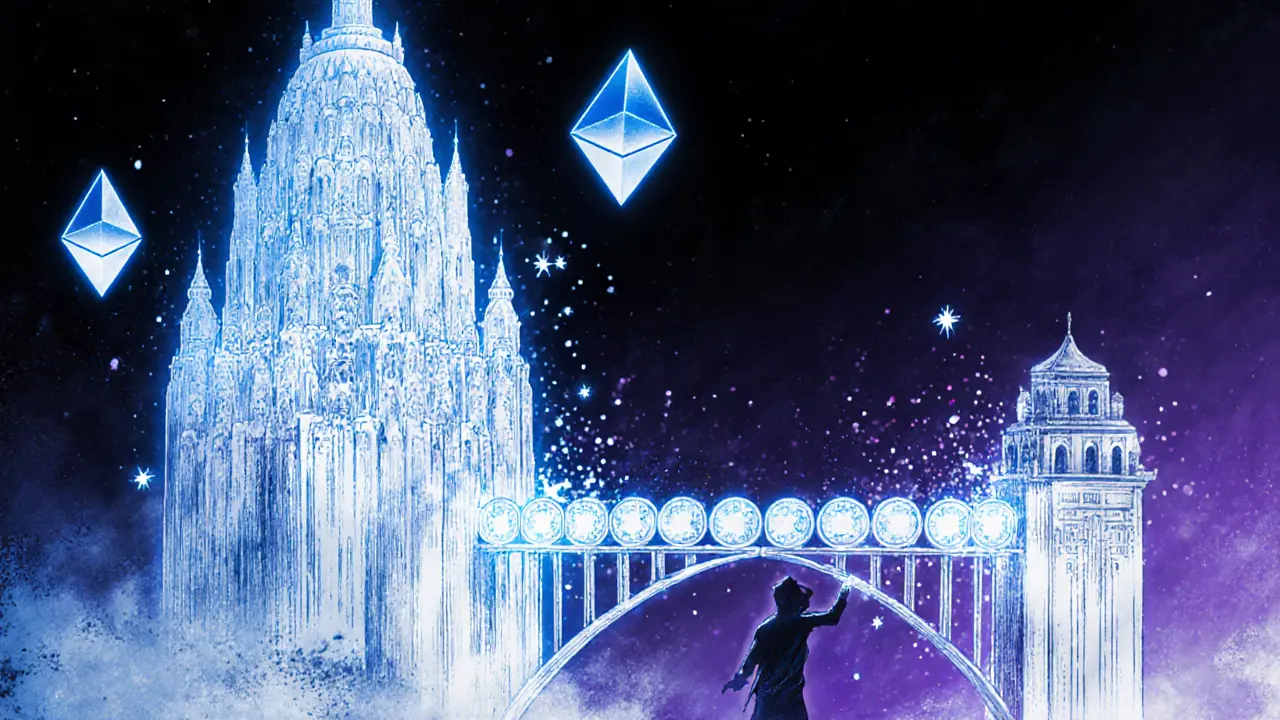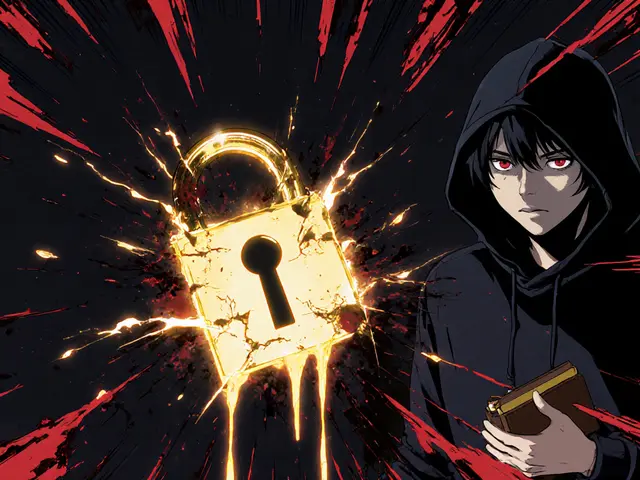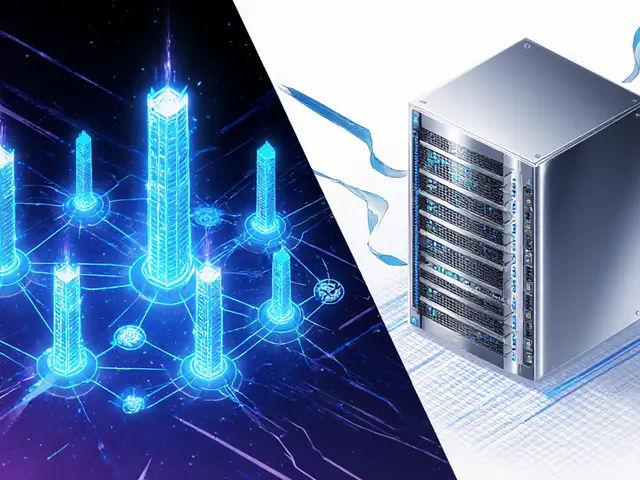Polygon Crypto: What It Is, How It Works, and What’s Really Happening on the Chain
When you hear Polygon, a layer-2 scaling network built to make Ethereum faster and cheaper. Also known as MATIC network, it’s not just another blockchain—it’s the backbone for hundreds of apps that need low fees and quick transactions. Think of it like a toll-free highway built next to a crowded city road. Ethereum is the busy downtown, but Polygon lets you zip through without the traffic jams or $50 gas fees.
Polygon isn’t a replacement for Ethereum—it works alongside it. Projects use Polygon to launch tokens, games, NFTs, and DeFi tools without burning through cash on Ethereum’s mainnet. That’s why you see so many airdrops and crypto games tied to Polygon: it’s where the action is for everyday users. MATIC, the native token of the Polygon network powers everything—paying for transactions, staking, and even voting on upgrades. But here’s the catch: most people don’t actually hold MATIC. They hold tokens built on Polygon, like WOMBAT or SCH, which run on its infrastructure. That’s why you’ll find so many gaming and DeFi tokens listed under Polygon in the posts below.
What makes Polygon stand out isn’t just speed—it’s how many real projects chose it over others. Unlike some chains that promise the moon but deliver nothing, Polygon has real adoption. You’ll find everything from NFT marketplaces to decentralized exchanges running on it. And because it’s compatible with Ethereum, developers don’t have to rebuild from scratch. They just plug in and go. That’s why even big names in crypto use it—not because it’s trendy, but because it just works.
But not everything on Polygon is legit. Just like any popular chain, it attracts scams. You’ll see tokens with no team, no code, and no future—just a flashy name and a pump-and-dump plan. That’s why the posts here don’t just list Polygon projects—they dig into what’s real and what’s not. From crypto exchanges like Minter (BSC) to gaming platforms like Wombat, the focus is on what actually delivers value. You won’t find fluff here—just clear checks on security, utility, and whether a project has staying power.
So if you’re wondering why Polygon keeps showing up in your feed, it’s because it’s the quiet workhorse behind a lot of what’s happening in crypto right now. Whether you’re claiming an airdrop, playing a blockchain game, or just trying to save on fees, Polygon is likely the reason it’s even possible. Below, you’ll find real reviews, deep dives, and straight talk about what’s working—and what’s not—on the network. No hype. No fluff. Just what you need to know before you click "connect wallet".
Sidechains connect to main blockchains via two-way pegs and bridges, enabling fast, low-cost transactions. Learn how they work, where they're secure, and why they're not safe for large transfers.
Read More





